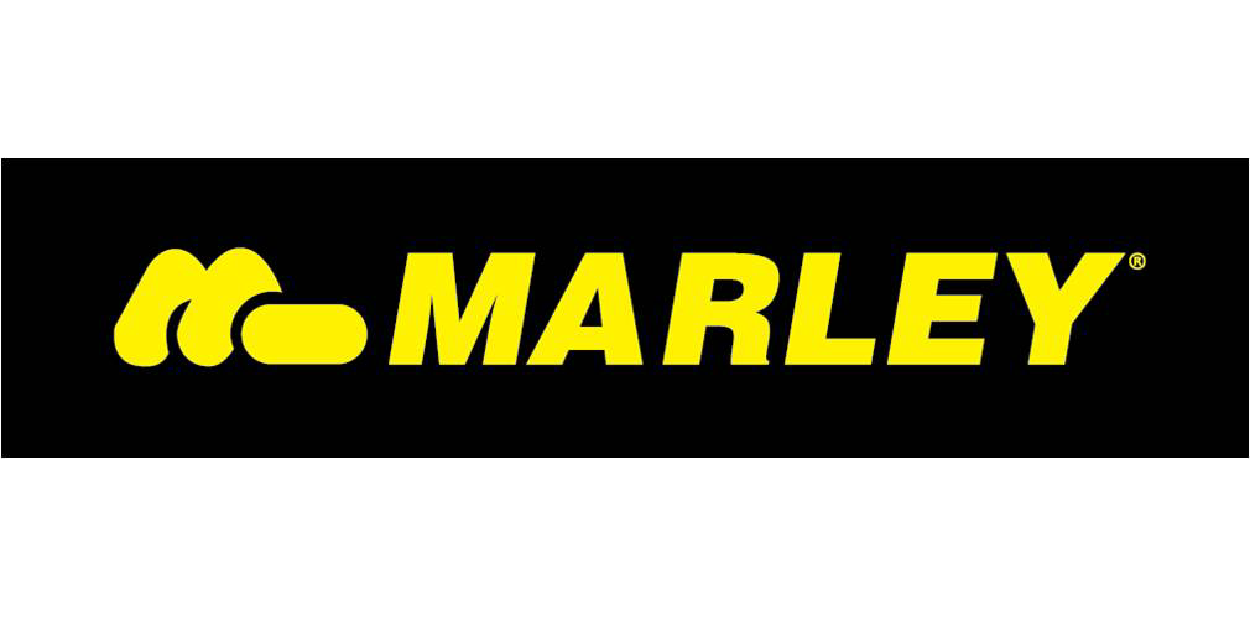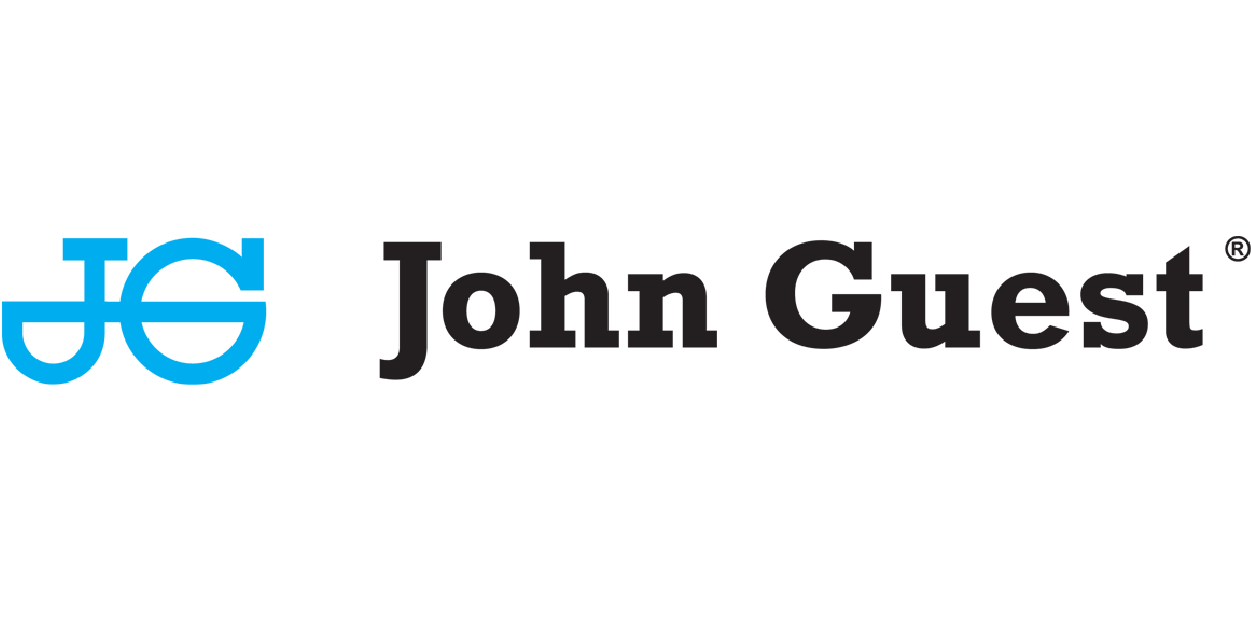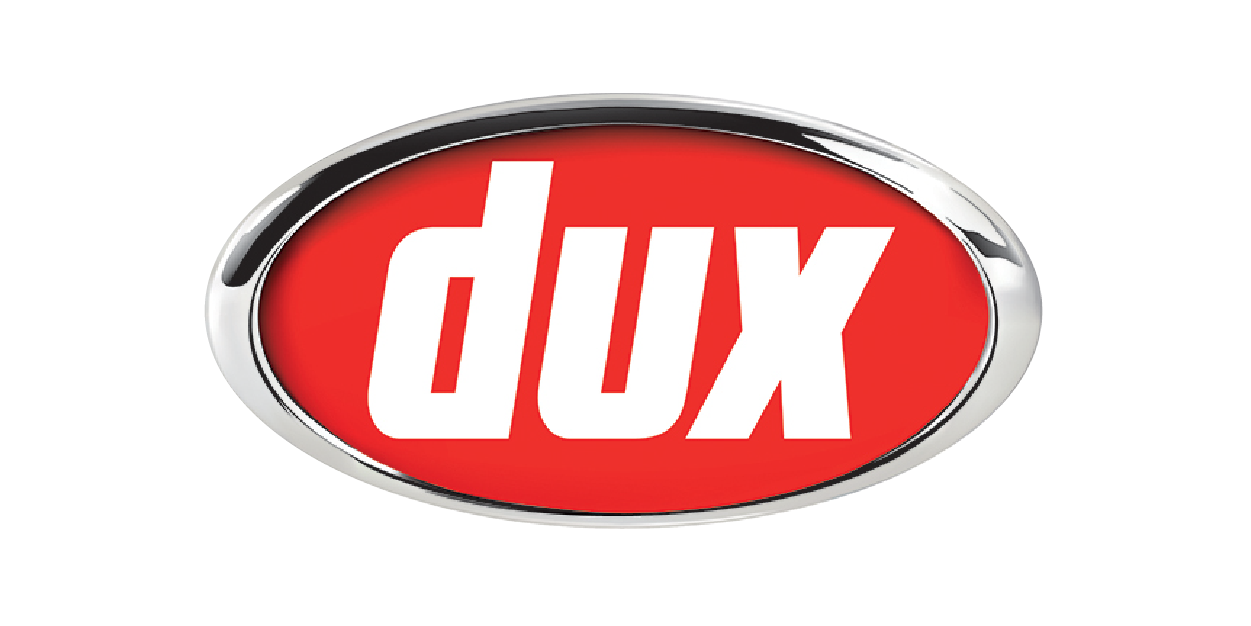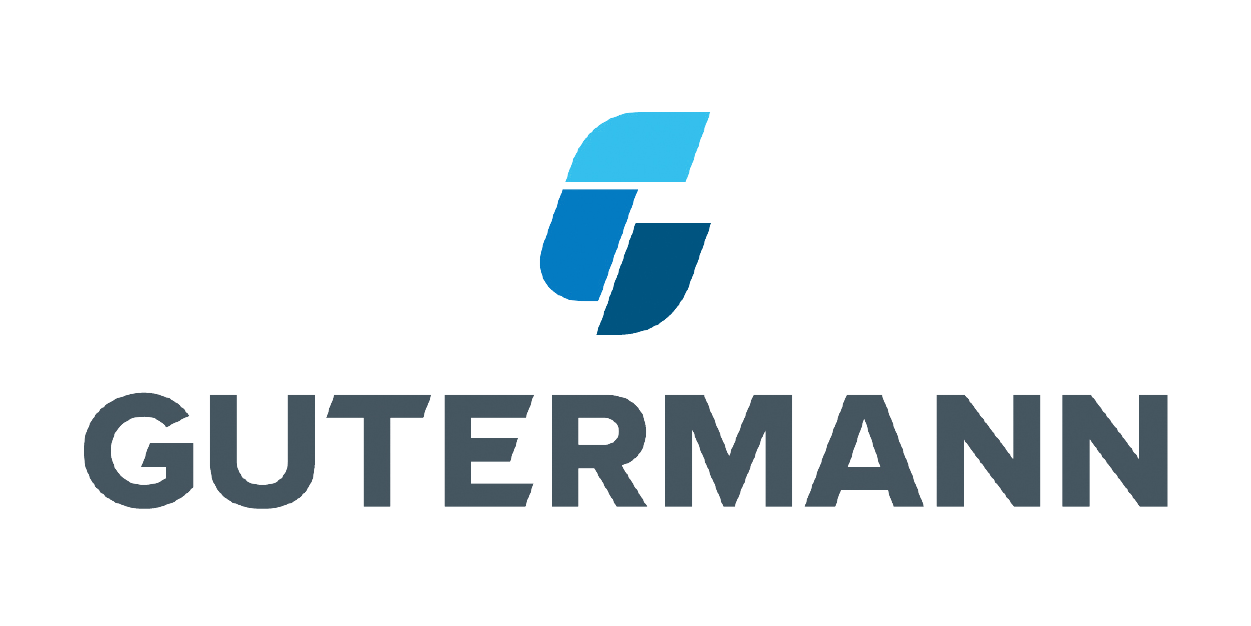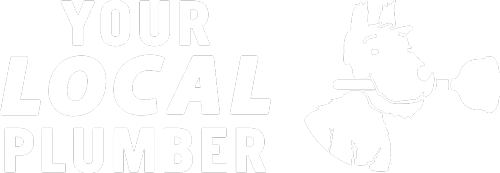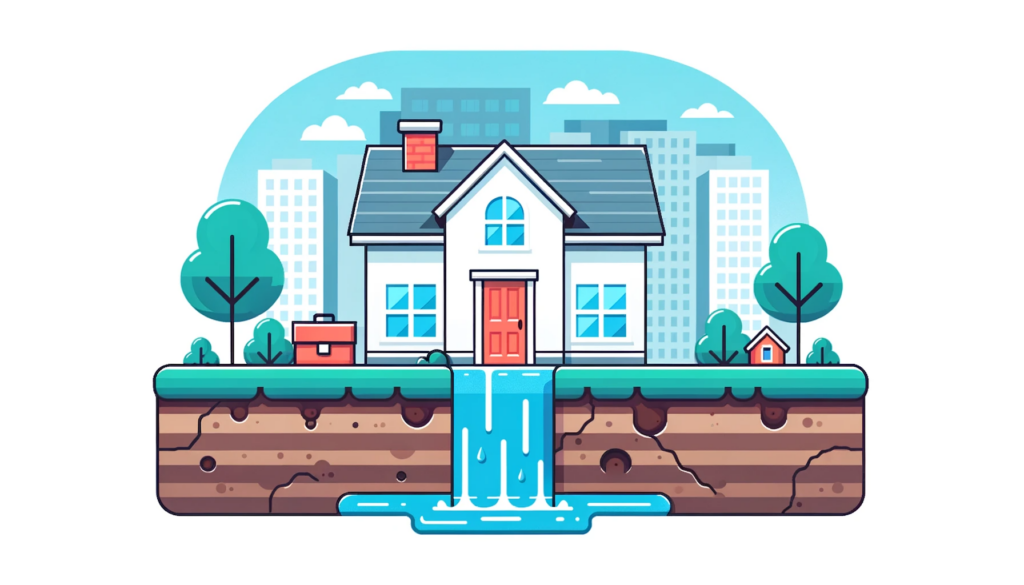
Call Today 09 973 4973 or
Initial Risk Assessment
Start with a thorough assessment of your property to identify potential gas safety risks. This involves listing all gas appliances and installations, evaluating their condition, usage frequency, and any specific hazards they might pose. Key areas to focus on include:
- Appliance Age and Condition: Older appliances may require more frequent checks and maintenance.
- Installation Quality: Ensure installations were performed by licensed professionals and meet current safety standards.
- Ventilation: Proper ventilation is crucial for safe gas appliance operation, particularly in enclosed spaces.
Maintenance and Inspection Schedule
- Regular Servicing: Establish a routine for professional servicing of gas appliances and systems, ideally on an annual basis, to ensure they are in optimal working condition. This includes checking for wear and tear, ensuring efficient operation, and identifying any potential safety issues.
- Ventilation System Checks: Regularly inspect ventilation paths for blockages or damage to maintain adequate airflow and prevent the buildup of harmful gases.
- Gas Leak Detection: Implement a system for ongoing leak detection, utilising gas detectors strategically placed around the property. Regularly test these detectors to ensure they are functional.
Emergency Response Plan
- Immediate Action Steps: Clearly outline the steps to be taken in the event of detecting a gas leak or carbon monoxide presence, such as evacuating the area, shutting off the gas supply if safely possible, and contacting emergency services.
- Evacuation Procedures: Develop and communicate a clear evacuation plan, including marked exits and safe assembly points outside the building.
- Emergency Contacts: Compile a list of essential contacts, including the gas utility provider, emergency services, and a qualified gas repair service, and make this list accessible to all occupants.
Education and Awareness
- Informing Occupants: It’s vital that everyone who lives in or uses the building is aware of the gas safety plan and understands basic gas safety principles, including recognising the signs of a gas leak and knowing how to respond.
- Safety Training: Offer regular training or information sessions on safe gas appliance use, the importance of adequate ventilation, and emergency procedures. This is particularly important in commercial settings where staff turnover might occur.
Documentation
- Record Keeping: Maintain detailed records of all gas safety checks, maintenance activities, and any repairs or modifications made to gas systems and appliances. These records are crucial for tracking the history of each appliance and can be vital in case of an incident.
- Plan Review and Updates: Periodically review and update the gas safety plan to reflect any changes in appliance usage, property layout, or updated safety regulations.
Creating a gas safety plan is an ongoing process that requires attention to detail, regular updates, and a commitment to safety at all levels. By following these guidelines, you can ensure that your home or business in New Zealand is prepared to manage the risks associated with gas usage effectively.
Integration with General Safety Policies
For businesses, integrating the gas safety plan with broader health and safety policies is crucial. This ensures a unified approach to safety, covering all potential hazards. Residential settings, while different in scope, can adopt a similar holistic approach to household safety, incorporating gas safety into general home emergency plans.
Utilising Technology for Safety Enhancements
- Smart Gas Detectors: Consider the installation of smart gas detectors that can send alerts to your mobile device if a gas leak is detected. This technology can provide real-time monitoring and peace of mind, especially for business owners and landlords.
- Automated Gas Shut-off Systems: Automated systems can immediately cut the gas supply in response to a detected leak, significantly reducing the risk of gas-related incidents. Evaluating the feasibility of such systems for your property can add an extra layer of safety.
Training and Drills
- Conduct Regular Drills: Both homes and businesses benefit from regular emergency drills that simulate a gas leak scenario. This helps ensure that everyone knows how to react quickly and safely in an actual emergency.
- Professional Training: For businesses, providing professional training for staff on handling gas cylinders, changing gas bottles, and recognising the signs of appliance malfunction can prevent accidents.
Communication Plan
- Clear Signage: Install clear signage around gas storage areas, shut-off valves, and appliances to provide quick guidance in an emergency.
- Emergency Information Pack: Create an information pack containing the gas safety plan, emergency contacts, and instructions for gas appliances. Make sure it’s easily accessible in a known location.
Review and Update Cycle
- Annual Reviews: Commit to reviewing the gas safety plan annually or whenever significant changes occur in appliance usage, property layout, or occupancy. This ensures the plan remains relevant and effective.
- Feedback Mechanism: Establish a feedback mechanism for occupants or staff to report concerns, suggest improvements, or share observations related to gas safety. This can lead to meaningful updates to the safety plan.
Engaging with Gas Safety Professionals
- Consultation: Regular consultations with licensed gas fitters or gas safety consultants can provide valuable insights into the latest safety standards, technologies, and best practices. They can also offer tailored advice based on the specific needs and risks of your property.
- Certification and Compliance: Ensure that all gas work, from installation to maintenance, is performed by certified professionals and complies with New Zealand’s gas safety regulations. Keeping a record of all certifications and compliance documents is part of maintaining a robust gas safety plan.
Suppliers
